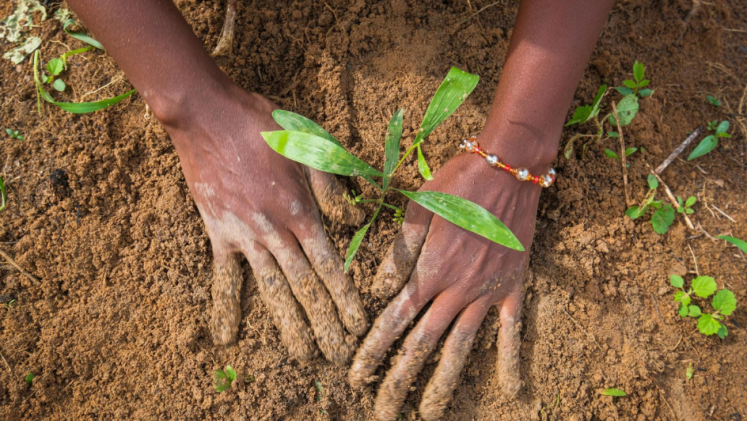Forest die-back refers to the widespread decline in vitality and eventual death of trees within a forest ecosystem, often caused by various factors such as drought, insect infestations, disease outbreaks, or air pollution. It can have severe ecological and economic consequences, impacting biodiversity, carbon sequestration, and timber industries.
Climate change exacerbates forest die-back
By altering precipitation patterns, increasing the frequency and intensity of droughts, and facilitating the spread of pests and diseases climate change not only exacerbates, but also accelerates forest decline. Rising temperatures can disrupt the delicate balance of forest ecosystems, leading to widespread tree mortality.
Forest die-back negatively impacts the global carbon cycle
Forest die-back affects both natural forests and managed plantations, with significant implications for the exchange of carbon between the Earth’s atmosphere, land, oceans and living organisms. As stressed trees store less carbon and dead trees release stored carbon, forest die-back contributes to atmospheric CO₂ levels, further accelerating climate change.
Different tree species have different levels of vulnerability to die-back
How vulnerable trees are to die-back depends on their physiological tolerance, genetic diversity, and adaptation to specific environmental conditions. Some species, such as conifers, may be more vulnerable. Others, like certain trees that shed their leaves, might show greater resilience.
Forest die-back has far-reaching impacts beyond the loss of trees
It can disrupt the intricate web of ecological relationships within forests, affecting wildlife populations, soil fertility, water cycles and the livelihoods of communities dependent on forest resources.
Prioritizing die-back mitigation efforts in forest management is at the heart of solutions
Actions to mitigate forest die-back involve strategies like reforestation, the promotion of diverse tree species and the support of natural structures. Monitoring and early detection of stress factors, along with the development of resilient forest ecosystems, are crucial for preserving forests' vital ecological functions and their capacity to mitigate climate change.



